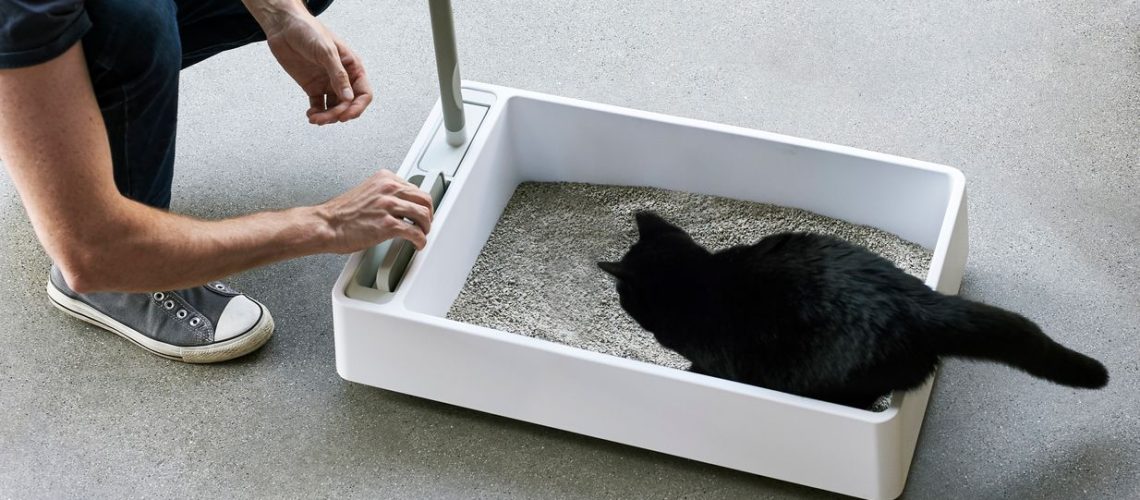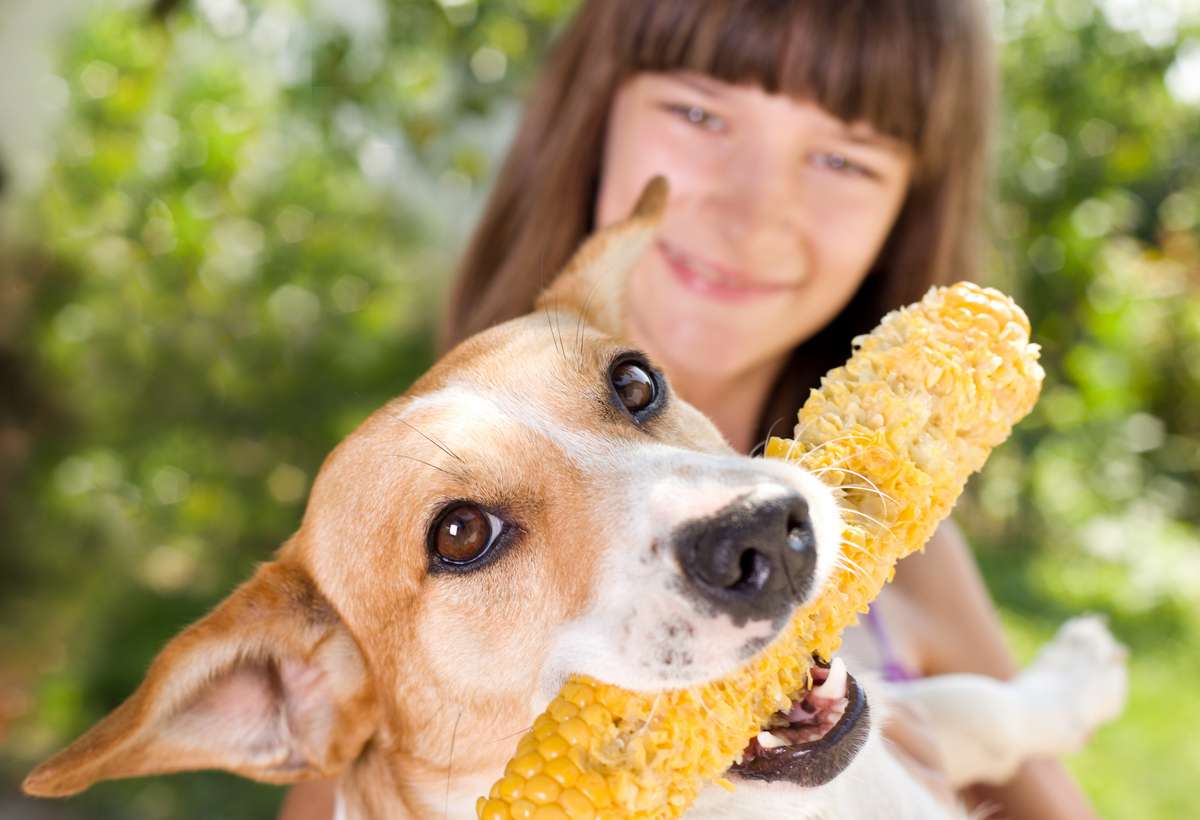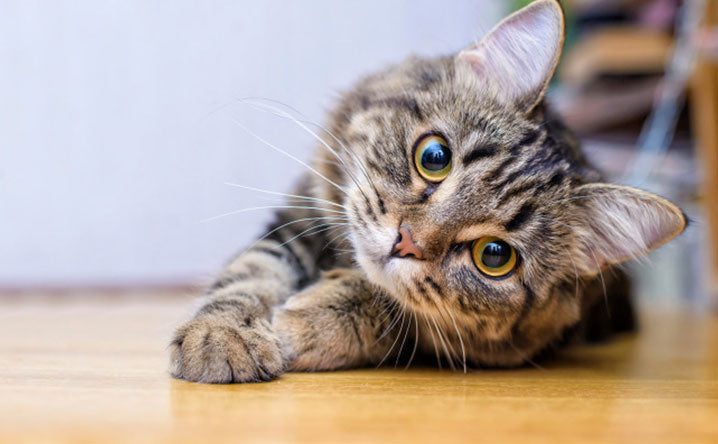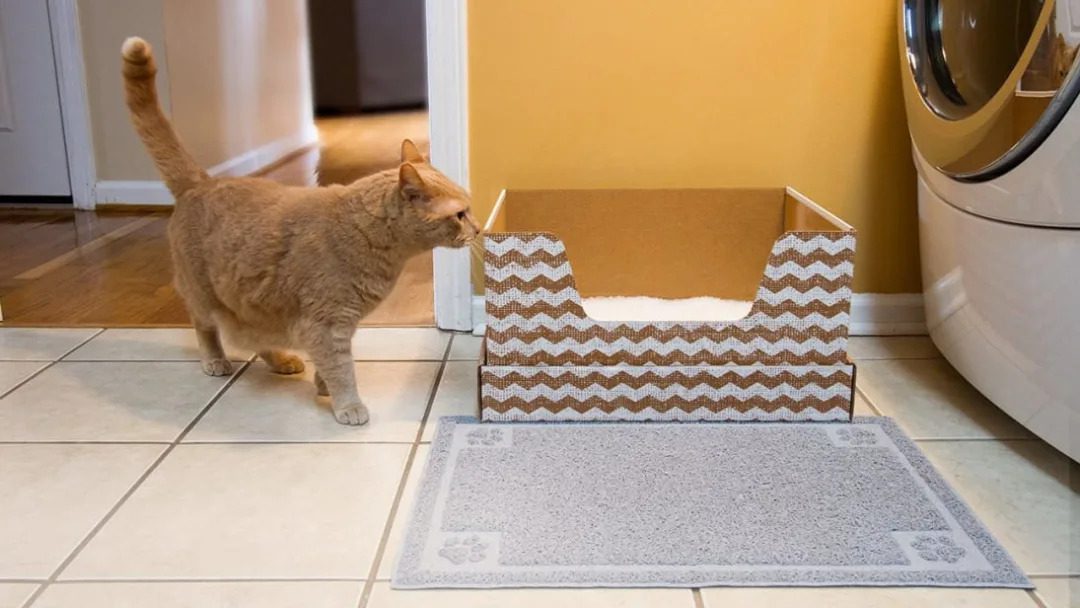Are you a cat lover looking to provide the best for your feline friend? If so, then exploring the world of cat litter choices is an essential endeavor that can greatly benefit both you and your furry companion. Understanding the different types of cat litter available not only ensures a clean and odor-free home, but it also promotes your cat's health and happiness. With a plethora of options to choose from, ranging from clumping clay to natural alternatives like pine or corn, delving into this subject will equip you with the knowledge needed to make informed decisions for your beloved pet. So join us as we embark on a journey through the world of cat litter, where we'll uncover the secrets behind each type and help you find the perfect fit for your purrfect pal. Get ready to discover a whole new level of litter choices galore!
Key Takeaways:
- There are numerous types of cat litter available, including clay, silica gel, recycled paper, and natural alternatives.
- Clay litter is the most common and affordable option, but it can be dusty and may not control odors well.
- Silica gel litter is highly absorbent and controls odors effectively, but it can be more expensive than other options.
- Recycled paper litter is environmentally friendly and biodegradable, but it may not clump well or control odors as effectively as other types.
- Natural alternatives such as pine pellets or wheat-based litter offer eco-friendly options that are safe for cats, but they may have a different texture that some cats may not prefer.
What is Cat Litter and Why Do Cat Owners Need It?
Cat litter is a special type of material that cat owners use to help keep their homes clean and fresh. It is placed in a box called a litter box or litter tray, where cats can do their business. The litter absorbs the cat's urine and covers up their solid waste, making it easier for owners to clean up.
Cat owners need cat litter because it helps prevent unpleasant odors caused by cat waste. Without cat litter, the smell of urine and feces can quickly spread throughout the house, making it uncomfortable for both the cat and its owner. Cat litter also helps to contain the mess created by cats when they go to the bathroom, making it easier for owners to maintain a clean living environment.
How Does the Type of Cat Litter Affect a Cat's Comfort and Cleanliness?
The type of cat litter used can have an impact on how comfortable and clean a cat feels when using its litter box. Cats have different preferences when it comes to the texture and scent of their litter, so finding the right type is important.
For example, some cats prefer clumping litters that form solid clumps when wet. These litters are easy to scoop out and keep the rest of the litter box clean. Other cats may prefer non-clumping litters that don't form clumps but still absorb moisture effectively.
Texture
The texture of the cat litter can also affect a cat's comfort. Some cats prefer finer litters that feel soft on their paws, while others may prefer coarser litters that provide more traction. It's important to observe your cat's behavior and preferences to determine which type of texture they prefer.
List of textures:
- Fine texture
- Coarse texture
Scent
The scent of the cat litter can also play a role in a cat's comfort. Some litters are unscented, while others have added fragrances to help control odors. Cats have a strong sense of smell, so it's important to choose a litter with a scent that your cat finds pleasant.
List of scents:
- Unscented
- Lavender-scented
- Pine-scented
Common Types of Cat Litter Available in the Market
There are several types of cat litter available in the market, each with its own unique characteristics. The most common types include clay-based, pine-based, and corn-based litters.
Clay-based litters are made from clay minerals and are known for their ability to clump when wet. This makes them easy to clean and helps control odors effectively. However, they may produce more dust compared to other types of litter.
Pine-based litters are made from compressed pine wood pellets or sawdust. They have a natural pine scent that helps mask odors. Pine litters are also biodegradable and environmentally friendly.
Corn-based litters are made from corn kernels or corn by-products. They are biodegradable and often flushable, making them convenient for disposal. Corn litters also tend to be less dusty than clay litters.
Differences Between Clay-Based and Natural Alternatives for Cat Litter
When it comes to choosing cat litter, there are two main options: clay-based and natural alternatives. Clay-based litters are made from a type of clay called sodium bentonite, which forms clumps when it comes into contact with moisture. These clumps can be easily scooped out, making cleanup a breeze. However, clay-based litters can be dusty and may contain chemicals that could be harmful to your cat's health.
Natural alternatives, on the other hand, are made from materials like corn, wheat, or recycled paper. These litters are biodegradable and environmentally friendly. They also tend to have less dust than clay-based litters. However, natural alternatives may not clump as well as clay-based litters, making it harder to clean the litter box.
Clay-Based Litter
Clay-based litters are the most commonly used type of cat litter. They are highly absorbent and form tight clumps when wet. This makes it easy to remove soiled litter from the box without having to change the entire contents. However, clay-based litters can be dusty and may track more easily around the house.
Natural Alternatives
Natural alternatives for cat litter have gained popularity in recent years due to their eco-friendly nature. These litters are typically made from renewable resources such as corn or wheat. They are biodegradable and can often be composted or flushed down the toilet (check with your local regulations before doing so). While natural alternatives may not clump as well as clay-based litters, they still provide good odor control and absorbency.
Environmental Considerations When Choosing Cat Litter
Choosing an environmentally friendly cat litter is not only better for the planet but also for your cat's health. Traditional clay-based litters are derived from non-renewable resources and often end up in landfills, where they can take hundreds of years to decompose. On the other hand, natural alternatives are made from renewable resources and can break down more easily.
Another environmental consideration is the carbon footprint associated with producing and transporting cat litter. Clay-based litters are typically mined from the earth, requiring energy-intensive processes for extraction and manufacturing. Natural alternatives, on the other hand, often have a lower carbon footprint as they are made from agricultural by-products or recycled materials.
Biodegradability
One important factor to consider when choosing an environmentally friendly cat litter is its biodegradability. Biodegradable litters break down naturally over time, reducing waste and minimizing their impact on the environment. Look for litters that are certified as biodegradable or compostable.
Sustainability
Sustainability is another key consideration when it comes to choosing an eco-friendly cat litter. Opt for litters made from renewable resources such as corn, wheat, or recycled paper. These materials can be replenished or recycled, making them more sustainable options compared to clay-based litters.
Benefits and Drawbacks of Clumping versus Non-Clumping Cat Litters
When selecting cat litter, one important decision to make is whether to choose clumping or non-clumping litter. Both options have their own benefits and drawbacks that should be considered based on your specific needs and preferences.
Clumping Litter
Clumping litter forms solid clumps when it comes into contact with moisture, making it easy to scoop out soiled litter without having to change the entire box. This can help reduce waste and make cleanup more convenient. However, clumping litter tends to be more expensive than non-clumping litter and may contain chemicals that could be harmful to your cat if ingested.
Non-Clumping Litter
Non-clumping litter is typically made from materials like clay or recycled paper. It does not form clumps when wet, but instead absorbs moisture and odor. Non-clumping litter is often more affordable than clumping litter and can be a good option for multi-cat households or if you prefer a lower maintenance option. However, it may require more frequent full box changes as the entire contents need to be replaced when soiled.
Factors to Consider When Selecting the Right Cat Litter
Choosing the right cat litter involves considering various factors that can affect both you and your cat's satisfaction with the product. Here are some important factors to keep in mind:
Dust Control
Dust control is crucial for both your cat's respiratory health and keeping your home clean. Look for litters that are low in dust or have added dust control features.
Odor Control
Effective odor control is essential to maintain a fresh-smelling environment. Some litters have built-in odor neutralizers or scents that help mask unpleasant smells.
Cat Preference
Your cat's preference should also be taken into account. Some cats may have sensitivities or preferences for certain textures or scents, so it's important to observe their behavior and reactions when introducing a new litter.
Budget
Your budget is another factor to consider when selecting cat litter. Different types of litters vary in price, so choose one that fits within your budget while still meeting your cat's needs.
Litter Box Type
The type of litter box you have can also impact the choice of litter. Some litters may be better suited for specific types of litter boxes, such as covered or self-cleaning options.
Remember, finding the right cat litter may require some trial and error to determine what works best for both you and your feline friend.
In conclusion, there are many different types of cat litter to choose from, each with its own benefits and drawbacks. It's important to consider factors like odor control, clumping ability, and environmental impact when deciding which litter is best for your furry friend.
What are the different types of litter?
In general, there are three primary categories of cat litter that can be found in stores - wood and paper-based, silica, and clay, both in clumping and non-clumping forms. Wood and paper-based litters are typically more affordable and are made from trees, which can be a sustainable choice if sourced responsibly.
What type of litter do most cats prefer?
Multiple studies have discovered that cats have a preference for litter that is soft and has a fine texture. In a recent study, three different types of unscented litter were compared, including wood pellets, silica microgranules, and nonclumping clay granules. The majority of cats in the study overwhelmingly chose the silica and clay litter over the pellets.
What are the categories of cat litter?
There are numerous varieties of cat litter available, but they can generally be categorized into three main types: clay-based, silica-based, and biodegradable.
How do you transition litter types?
Taking a gradual approach is beneficial when transitioning your cat to a new litter. By gradually introducing a small amount of the new litter alongside the current brand over a period of several days, your cat may not even realize the change. It is recommended to continue this method for three to five days.
What type of litter is less messy?
Litters made of larger pellets are less likely to cause tracking issues compared to litters with a sand-like texture. The weight of the particles also plays a role, as heavier litter is less likely to stick to your cat's paws and scatter when kicked. Additionally, smoother particles are less likely to track because they do not cling to fur or paws.
What type of litter smells the least?
After conducting extensive testing of different cat litters in real homes with actual cats, Purina Tidy Cats Naturally Strong Unscented Cat Litter stood out as our preferred choice for controlling odors. This formula uses activated charcoal to effectively eliminate unpleasant smells, and it is free of any fragrance.

















